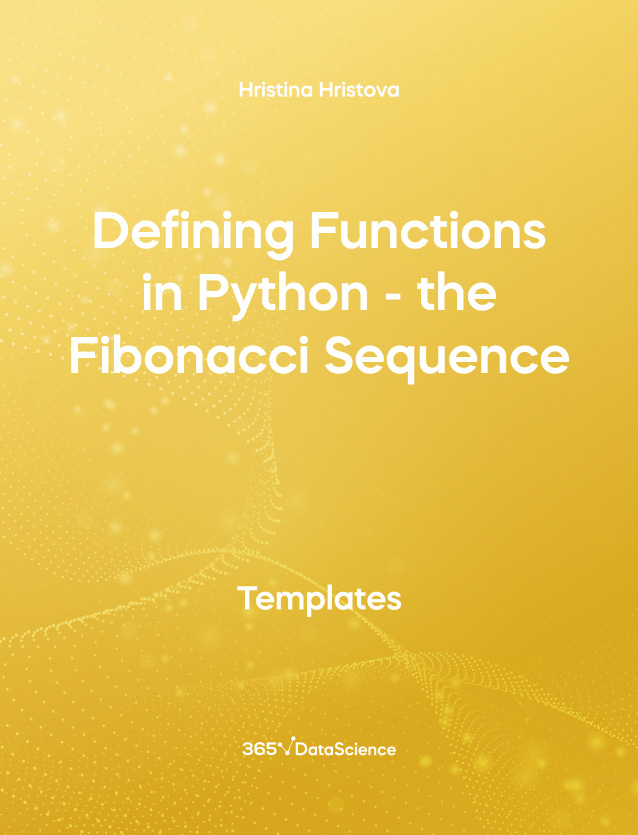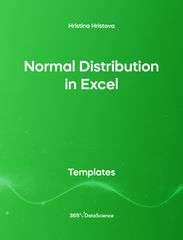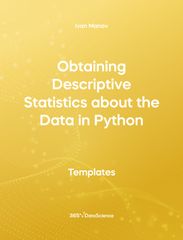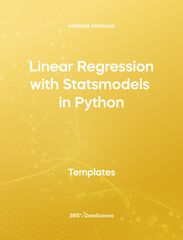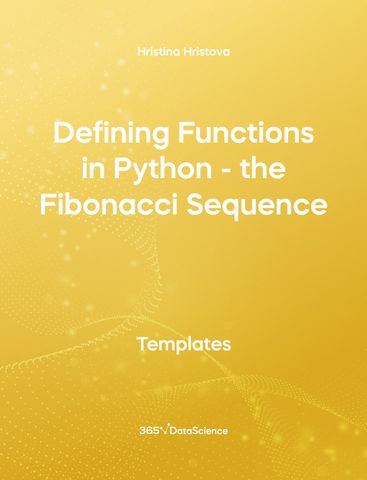Defining Functions in Python - the Fibonacci Sequence
In this notebook you will find examples of function definitions with and without returning a value. You will find an implementation of the Fibonacci sequence which returns the n-th Fibonacci number, where n is a number determined by the user and understand the purpose of a docstring. Some other related topics you might be interested in are The enumerate function in Python, Using Counter - a dictionary subclass in Python, and One-Dimensional Dictionaries in Python template. The Defining Functions in Python - the Fibonacci Sequence Python is among the topics covered in the 365 Program.

Who is it for?
This free template is for Data Scientists, Data Analysts, Data Architects, Data Engineers, Big Data Architects, Big Data Engineers, BI Developers and Machine Learning Engineers who need to ask the users to provide some type of input.
How can it help you?
The ability to define functions should be present in every programmer's toolbelt. This avoids copy-pasting the same piece of code several times. Instead, by defining a function, one would only need to write this piece of code only once.
